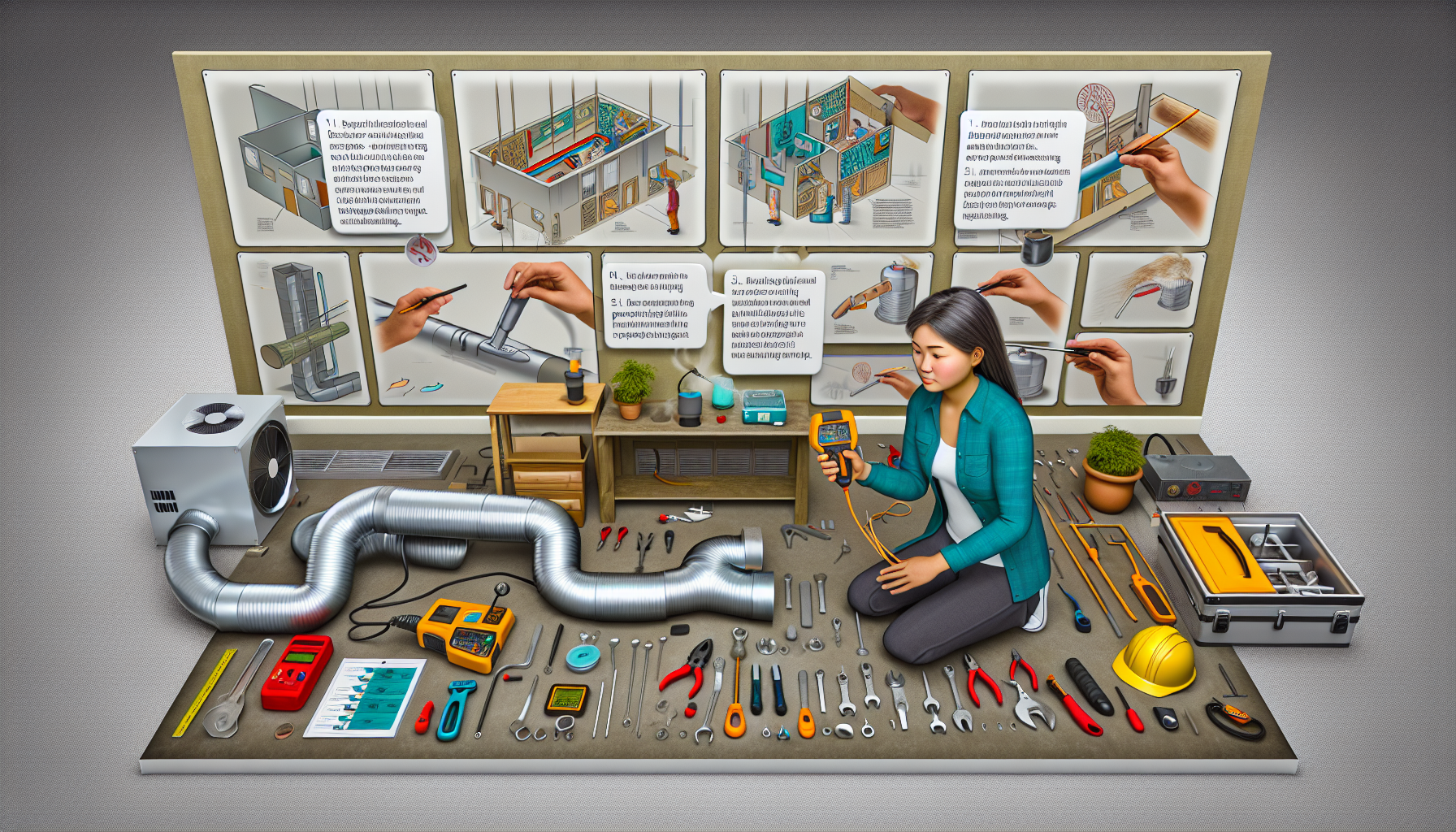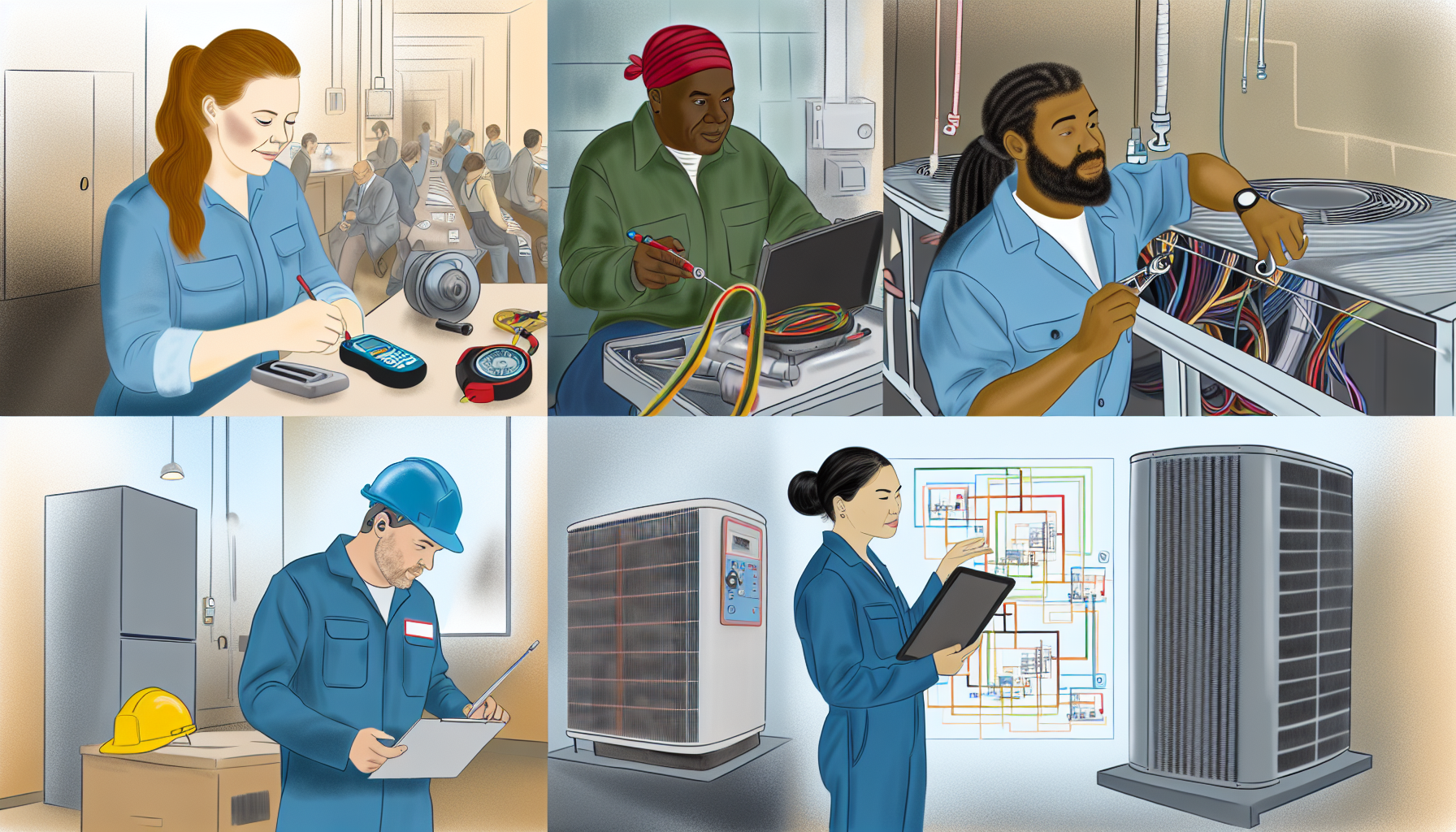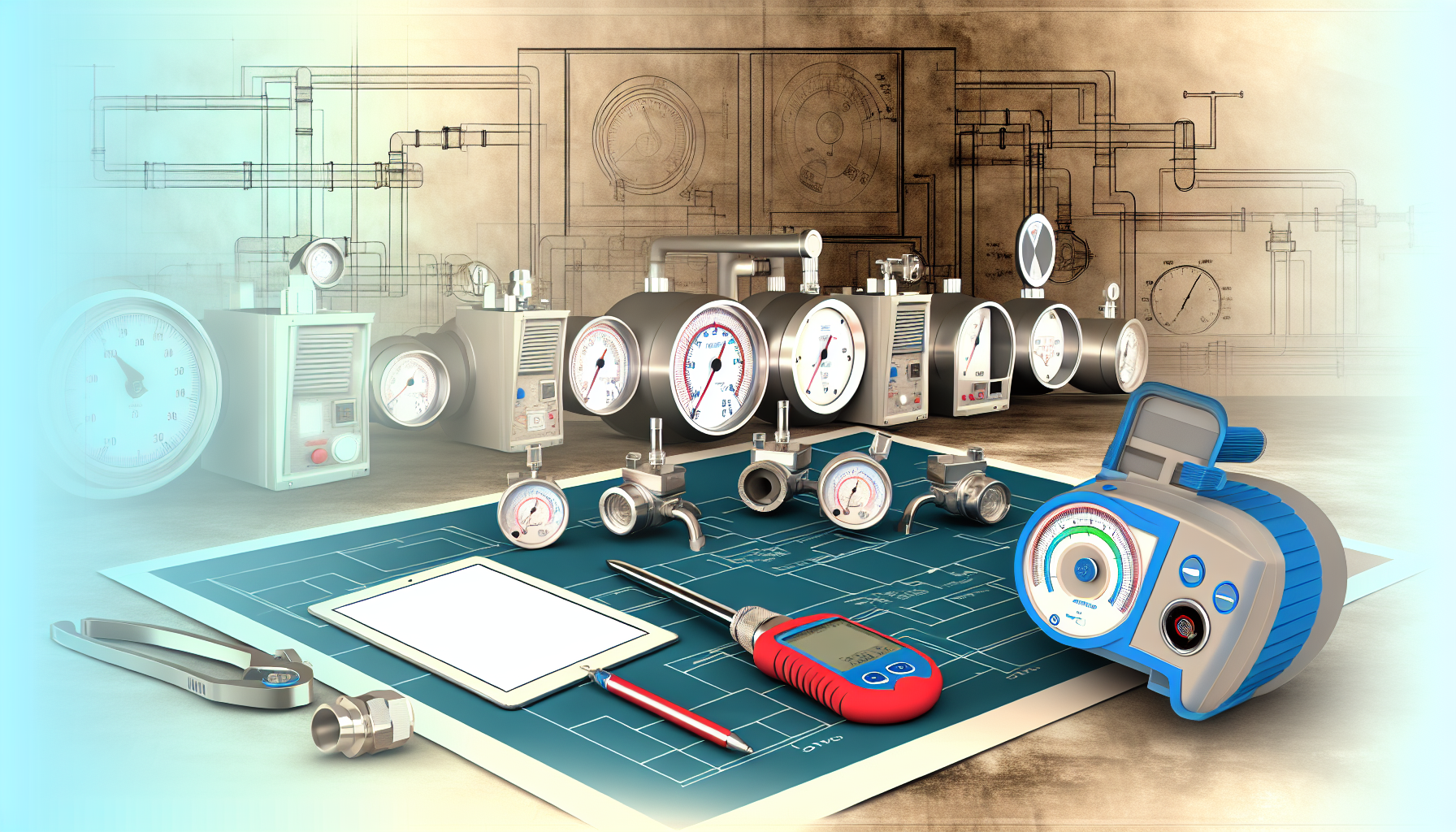Understanding the Importance of HVAC Pressure Measurement
Heating, Ventilation, and Air Conditioning (HVAC) systems are essential in providing a comfortable environment in our homes, offices, and other indoor spaces. To ensure these systems operate efficiently and effectively, regular performance assessments are critical. One of the key aspects of HVAC maintenance is monitoring and measuring pressure within the system. Proper pressure measurement ensures your HVAC system runs at peak performance, saves energy, and maintains indoor air quality.
Why Measure Pressure in HVAC Systems?
Pressure measurements guide HVAC professionals in diagnosing system issues, optimizing performance, and ensuring that systems are within their designed operational parameters. An imbalance in pressure can lead to reduced efficiency, increased wear and tear on components, and potentially expensive repairs.
Selecting the Right HVAC Pressure Measurement Tools
Choosing the proper tools for pressure measurement can make all the difference. Each tool is designed for specific tasks and it’s essential to understand their applications to ensure accurate readings.
Manometers
Manometers are precise instruments used to measure pressure, vacuum and differential pressure. The digital versions of these tools provide readings in various units and are crucial for tasks requiring high accuracy.
Gauges
Pressure gauges are among the most common tools for measuring HVAC system pressure. They range from simple dial gauges to more advanced digital options that can log data for further analysis.
Micron Gauges
Mostly used in refrigeration and vacuum operation, micron gauges are designed to measure extremely low pressures, essential to ensure proper evacuation and charging of refrigerant systems.
How to Accurately Measure Pressure
- Always refer to the HVAC system’s specifications for proper pressure ranges.
- Use a calibrated pressure measurement tool for accurate readings.
- Ensure that the instrument is compatible with the type of refrigerant in the system.
- Take measurements at appropriate points in the system to diagnose issues accurately.
Making the Connection
To measure pressure correctly, you need to ensure a proper connection. When attaching your pressure measurement tool to the HVAC system:
- Turn off the system and allow pressures to stabilize.
- Connect the tool’s hose to the service port securely.
- Zero out the gauge to account for atmospheric pressure, if necessary.
Understanding the Readings
Interpreting the data correctly is critical. Know what the normal operating pressures should be and compare your readings to these values. Deviations can indicate possible refrigerant issues, leaks, blockages, or compressor problems.
Best Practices for Maintaining Your Measurement Tools
- Regular Calibration – Ensure your tools are calibrated regularly according to the manufacturer’s instructions to maintain accuracy.
- Proper Storage – Store your tools in a clean, dry, and protected space to prevent damage and preserve their lifespan.
- Cleaning – Regularly clean your tools and especially the sensors to avoid residue build-up, which can affect readings.
- Battery Maintenance – For digital tools, check and replace batteries so that the device provides reliable service when needed.
Common Issues and Troubleshooting HVAC Pressure Problems
Once you have the tools and know-how to measure HVAC pressure properly, it’s also crucial to understand the common issues you might encounter and how to troubleshoot them.
High Pressure
High pressure can indicate a variety of issues including a dirty condenser coil, overcharging of the refrigerant, or airflow problems. Use your pressure measurement tools to confirm the issue and then proceed with the appropriate maintenance actions such as cleaning coils or adjusting refrigerant levels.
Low Pressure
Conversely, low pressure could suggest a refrigerant leak, a dirty evaporator, or an undercharge of refrigerant. Again, proper diagnosis with pressure measurement tools can help pinpoint the cause and guide the repair process.
Advanced Tips for HVAC Professionals
If you’re an HVAC professional, your expertise combined with advanced pressure measurement techniques can elevate the service you provide. Stay updated with the latest tools and technologies, and integrate data logging and trend analysis to troubleshoot complex HVAC issues.
Understanding System Efficiency and Performance
Pressure measurements are not only about system maintenance but also about efficiency and performance. By ensuring that HVAC systems are not overworked and are operating within optimal pressure ranges, energy consumption can be minimized, leading to cost savings and reduced environmental impact.
Conclusion
Mastering HVAC pressure measurement is a vital aspect of ensuring system performance. With the right tools and knowledge, both DIY enthusiasts and seasoned professionals can significantly improve an HVAC system’s functionality and longevity. Remember, precise pressure measurement is the key to HVAC efficiency and reliability.
FAQ Section
How often should HVAC pressure be checked?
This can vary depending on the specific system and usage, but as a general rule, it’s good practice to check the pressure at least once a year during routine maintenance checks or whenever there are signs of system inefficiency or failure.
What could happen if HVAC system pressure is not maintained correctly?
Improper pressure levels can lead to inefficient system performance, increased energy costs, potential equipment failure, and even safety hazards due to the potential of refrigerant leaks or compressor damage.
Can I measure HVAC pressure by myself?
If you have a basic understanding of HVAC systems and access to the right tools, it’s possible to measure pressure yourself. However, for complex issues or if you’re uncomfortable with the process, it’s always best to consult a professional.
Is it important to use a pressure measurement tool that can measure in different units?
Yes, different systems may require pressure readings in various units of measurement. It is crucial for HVAC professionals to use tools that can accommodate these differences to ensure accurate pressure regulation according to system specifications.
What is the best pressure measurement tool for HVAC applications?
The “best” tool depends on your specific needs. A digital manometer is highly accurate for general pressures, while a micron gauge is essential for refrigeration and vacuum operations. Ensure your tool is calibrated and intended for HVAC use to guarantee accurate measurements.








